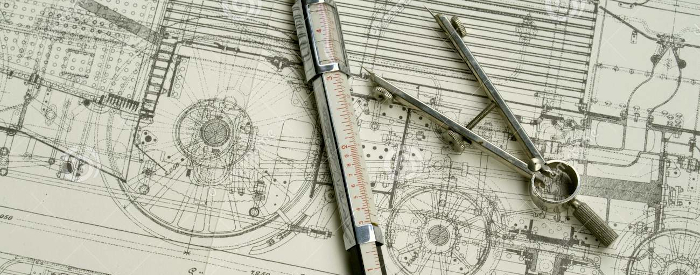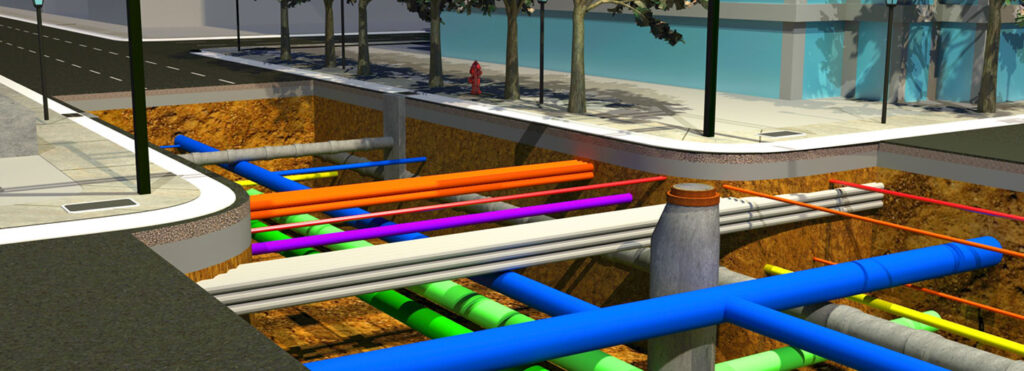Did you know that design-build construction accounts for 40% of all non-residential construction? There is a reason for that. Unlike the design-bid-build delivery method, the design-build delivery method brings both design and construction functions together as one team in a single contractual entity to the owner. There are several benefits to this method of completing construction and renovation projects. Here are the top reasons why the design-build delivery method works:
- Teamwork:
The design-build team and the owner are in this together, and they have the same goal –to complete a successful project that meets or exceeds the owner’s expectations. When teams encounter challenges on a project (and there are always challenges), pointing fingers is not an option. Instead, everyone rolls up their sleeves and works on solutions together. - Total Accountability:
One entity, the design-builder, is accountable for the entire project, including how the end result looks, how much it costs, and how quickly it is completed. When the same group that designs the project also builds the project, much more attention is given to pricing and scheduling in the design phase. The costs of all aspects of the project are taken into account early on in the process; all fees, construction costs, utilities, landscaping allowances, and all other costs are considered.
Unfortunately, it is not unusual to hear about situations in design-bid-build where the cost of the project is twice as much or more than the designer said it would be. Such a scenario is entirely unacceptable in the design-build world. Design-build focuses on results, not excuses.
- Continuity:
A design-build firm is involved in the project from start to finish, which adds an inherent efficiency and effectiveness to the process. The chance of items being overlooked is greatly diminished. - Expertise:
Design-build firms are experts in both fields: design and construction. The principals should be licensed architects with formal architectural training and experience in the architecture field. They should also have professional experience in construction and understand pricing, sequencing, and how buildings come together. Expert design-build firms are knowledgeable of general construction and have strong, lasting partnerships with reliable subcontractors.
There is a tremendous advantage to working with architects who can think like builders and builders who can think like architects, but design-build is a commitment. A firm must be dedicated to the design-build process to ensure high-quality results and 100% customer satisfaction.
- Professional Guides:
We have all heard the stories of design and construction getting out of hand and messy. However, design and construction should not be chaotic or stressful. The design-builder acts as a trusted advisor to owners throughout the construction process, guiding the way to the best possible outcome. Design-build refines a process from beginning to end and manages the chaos into orderly steps.
- Owner Involvement:
Design-build operates under the assumption that the owner actually wants to be an active participant in the design and construction of their building. By being involved in the process, owners can guarantee that their goals will be accomplished and that their wishes will be achieved. Such an involvement gives owners a lasting sense of pride in their building. - Collaboration:
Design-build cuts out the big egos so common in the design industry. In design-build, the owner retains total control over the project, and the team is there to empower and collaborate with them. - Open, Honest, and Frequent Communication:
Design-build is transparent because owners understand the process and know what is going on at all times. The best partnerships work not because people say what everyone wants to hear, but because they say what everyone needs to hear. Through clear communication, the budget is defined early on, and it becomes the agreement for the entire project. - Time Savings:
Design and construction involve managing hundreds of timelines that need to coordinate in lockstep. Design-build creates opportunities for owners to contemplate major decisions, ask questions, and consider their options. Anything the team can do to avoid taking steps backward is going to lead to better, faster, and more cost-effective results. The design-build system is highly adaptive and responsive in the field. Big decisions can be revisited during construction without change orders or additional fees. Although the conventional story is that making changes costs money, that is not necessarily so in design-build. - Cost Savings:
Inherent to the design-build model is a savings of approximately 6% of the project costs. We will save the details for a future post but here is a quick snapshot of the cost savings:
There are several reasons why the design-build delivery method works so well for new construction and major renovation projects, including many others not listed here. To learn more about design-build, its benefits and costs, and if it could be a solution for your building, start a conversation with us today for a further project evaluation!








